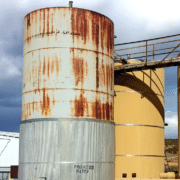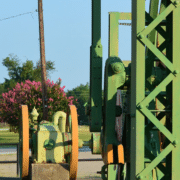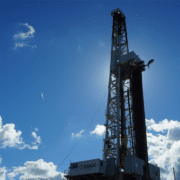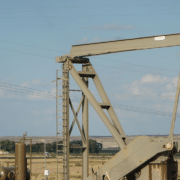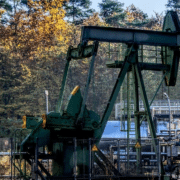If you are selling or leasing your mineral rights, you may have some competing offers sitting on your desk. In an oil and gas lease, you can potentially earn a large amount of money over time. This is through the acquisition of oil and gas royalties. Does a company particularly have an interest in your mineral rights? If yes, then you may even receive a hefty offer on oil and gas lease bonus payment. In this article, we will make understanding oil and gas easier. We are going to explore the most commonly asked questions regarding lease bonus payments.
What is Oil and Gas Lease Bonus Payment?
A lease bonus payment is an amount of money you will receive as payment immediately. This is upon signing an oil and gas lease. Much like “signing bonuses” in professional sports. This is the lump sum of cash receiveable prior to a sale. Moreover, the purpose is in order to entice a quick contract completion.
In an oil and gas lease, the contract secures an oil and gas company’s right to explore a property’s subsurface. If the production never actually starts or the operation is a failure, the initial bonus payment may be the signer’s only form of income on the property in the event that there are no oil and gas royalties.
When Do You Receive Oil and Gas Bonus Payments?
Of course, nothing is “immediate,” as the money will not magically appear in your checking account after signing the contract. The general rule of thumb is that oil and gas companies will receive a request to pay out the bonus payment 60-90 days after signing the lease.
How Much Money Can I Receive as a Lease Bonus?
An oil and gas bonus payment is completely negotiable and is largely dependent on the size of the property, the number of wells, past production, future estimates, and the current price of minerals. Oil and gas contracts are not required to be made public record and vary heavily between states, so an average bonus payment is fairly difficult to calculate.
Oil and Gas Lease Bonus Tax Treatment
Under the eyes of the IRS, oil and gas lease bonus payment is considered “advanced royalties.” They are taxed as ordinary income. In most cases, tax on oil and gas lease bonus payment is made within the same year of signing the contract.
Understanding oil and gas made with Ranger Land. Reach out to us to day.



